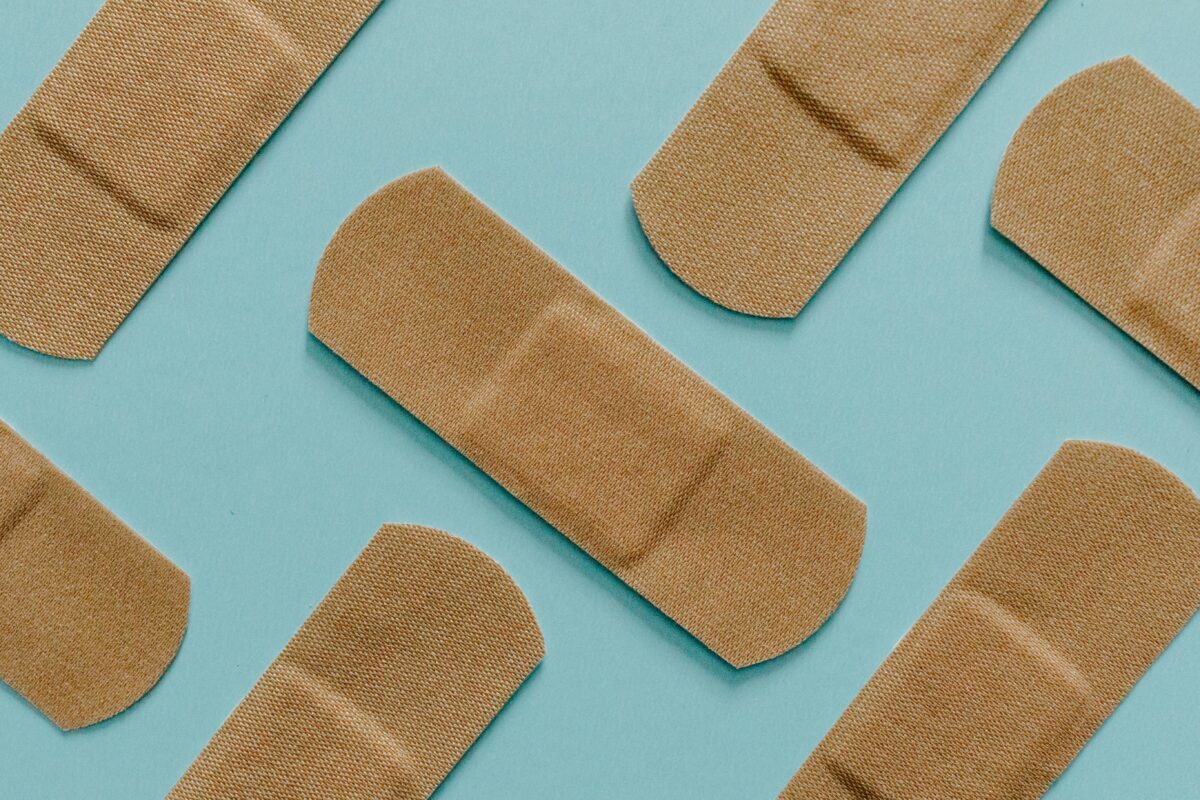4 Basic First-Aid Skills That Could Save a Life

Emergencies strike when least expected, so quick action is usually rather important for saving a life. Knowing fundamental first-aid techniques not only helps you be prepared to deal with these events but also provides you with the confidence to act appropriately.
Here are four basic first-aid skills that could save a life.
1. Performing CPR to Save a Life
One of the most important first-aid skills to learn is CPR (cardiopulmonary resuscitation). When a person’s heart stops or when they are not breathing, CPR is essential. Until emergency medical professionals arrive, the technique of chest compressions and rescue breathing helps maintain oxygen flow to the brain and other essential organs. Every minute matters in cardiac situations; hence, performing CPR increases the odds of survival. Incorporating CPR into your skill set is simple and crucial. In CPR training, you’ll learn how to properly position yourself for effective chest compressions, deliver rescue breaths, and recognize the signs that someone needs resuscitation. Earning a BLS certification not only equips you with these life-saving skills but also demonstrates your competence. In a cardiac emergency, having the confidence to perform CPR can truly mean the difference between life and death.
2. Controlling Bleeding and Wounds
Physical trauma, falls, or accidents can cause major bleeding; learning how to control it will assist in avoiding more problems. Applying direct pressure to the wound with a sterile bandage or clean cloth comes first in helping to stop bleeding. This pressure blocks blood flow. When bleeding is significant, raising the damaged area of the body and increasing pressure will aid even more in reducing blood loss. Should the bleeding originate from a wide or deep open incision, it is imperative not to remove any embedded objects. Apply pressure instead all around the item to stop bleeding. A tourniquet could be required for extreme bleeding—that of a severed limb or significant cuts. Taught in first-aid classes, tourniquet application is a skill that can significantly help limit blood loss in an emergency.
3. Dealing With Burns and Scalds
Common injuries such as burns from chemicals, hot liquids, or fire call for fast and efficient treatment. A burn’s degree will vary, so your reaction to it will affect recuperation and help to minimize long-term harm. Running cool water over the injured region for several minutes will help ease mild burns’ discomfort and stop them from getting worse. Steer clear of ice or really cold water since this can aggravate the tissue even more. The first step in more severe burns—those that create blisters or cover more of the skin—is to cover the area with a fresh cloth or bandage to stop infection. Do not try to remove clothing that is stuck to the burn, as this can result in further injury. Severe burns, including third-degree burns, should be reported right once to emergency services. Effective burn therapy guarantees the person stays hydrated and not only cools the burn but also guarantees the prevention of infection.
4. Responding to Choking Incidents
For the victim as well as for anybody trying to save them, choking is a horrific event. Someone choking may not be able to cough, talk, or breathe, indicating a clogged airway. Under these circumstances, you have to act fast to open the airway. The Heimlich maneuver—a technique whereby pressure is applied to the belly to drive the object out of the airway—is among the most successful ways to clear a blockage. The Heimlich maneuver is simple to learn and can often save a life. Adults would position themselves behind the individual, lay their arms around their waist, make a fist, and use upward thrusts to remove the object obstructing the airway. The approach changes in youngsters and infants; thus, it’s crucial to know the particular processes for every age group. If the individual passes out, you have to be prepared to perform CPR. Anyone should be able to identify the symptoms of choking and react quickly; this is especially important in public places or while looking after elderly loved ones or children.
Conclusion
First aid knowledge is about being proactive and ready for any scenario that might come about, not only about how one responds in an emergency. Learning first-aid helps you to be a huge help when others most need it.









